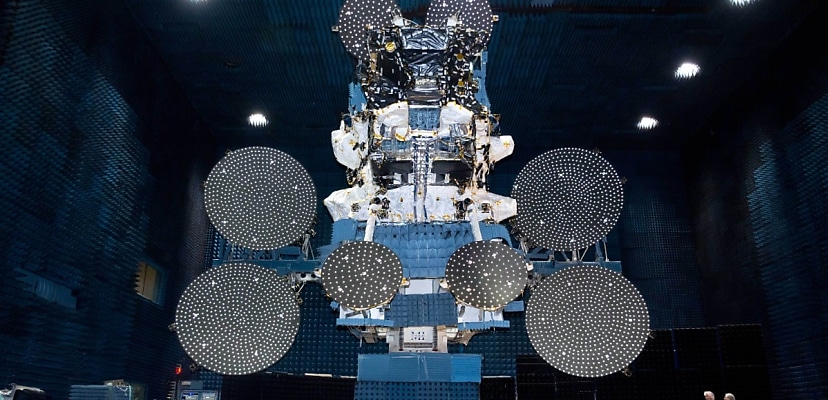Share this article on:
Powered by MOMENTUMMEDIA
Breaking news and updates daily.
NBN says it is “well progressed” on exploring plans to replace its beleaguered GEO satellites with LEO alternatives when the spacecraft are decommissioned.

The apparent U-turn in policy comes weeks after an Australian Competition and Consumer Commission (ACCC) investigation revealed the Sky Muster service was so poor it would struggle to consistently play videos, and amid reports, it’s haemorrhaging customers to Starlink.
In comments reported by The Australian, NBN’s new chief executive, Ellie Sweeney, defended a potential move into low-Earth orbit (LEO), given it’s now served by commercial rivals.
“We’re a statutory infrastructure provider, so we need to be able to provide customers who are currently served today by GEO with an alternative and the logically next step is LEO,” she said.
“To give you some context, we have 83,000 customers on GEO satellite today.
“I don’t think it’s a frustration. It’s a good challenge for us to work through how we can provide LEO sat as part of that statutory obligation.”
The first of two Sky Muster satellites only launched in 2015 and were designed with a lifespan of 16 years, meaning they are due to be replaced early next decade.
However, questions were raised even before blast-off as to whether the technology would be able to keep up with the high speeds required by internet users.
A shift to video calling during COVID-19 then greatly increased users’ expectations of their internet service.
Despite the criticisms, then Communications Minister Mitch Fifield said in 2015 that the $2 billion program would provide “high-speed broadband” to meet the “bulk of needs” for people in regional Australia.
It follows Space Connect reporting in January that Sky Muster latency averages 664.9 milliseconds across all hours, compared to 29.8 milliseconds on LEO rival Starlink.
“While the latency is stable during busy hour congestion, its high duration is likely to hinder activities that require real-time responsiveness,” said the Measuring Broadband Australia program on Sky Muster’s service.
“Users relying on Sky Muster for such applications may experience delays, but the service remains predictable in its performance.”
LEO satellite constellations, such as Starlink, offer quicker services than traditional geostationary satellites, such as NBN Sky Muster, because they are closer to Earth.
The lower height, though, also means LEOs effectively cover a smaller area and, therefore, need to operate in larger, connected constellations to be effective.
Starlink, a subsidiary of SpaceX, has the advantage of being able to launch thousands of satellites without paying external customers because it operates its own reusable rockets.
It’s currently thought there are nearly 7,000 Starlink satellites in orbit, with plans for a constellation of 40,000.
Late last year, Optus joined Telstra in offering customers Starlink via a satellite dish, and both telcos have signed up to launch straight-to-mobile services when they become available.
Be the first to hear the latest developments in the cyber industry.